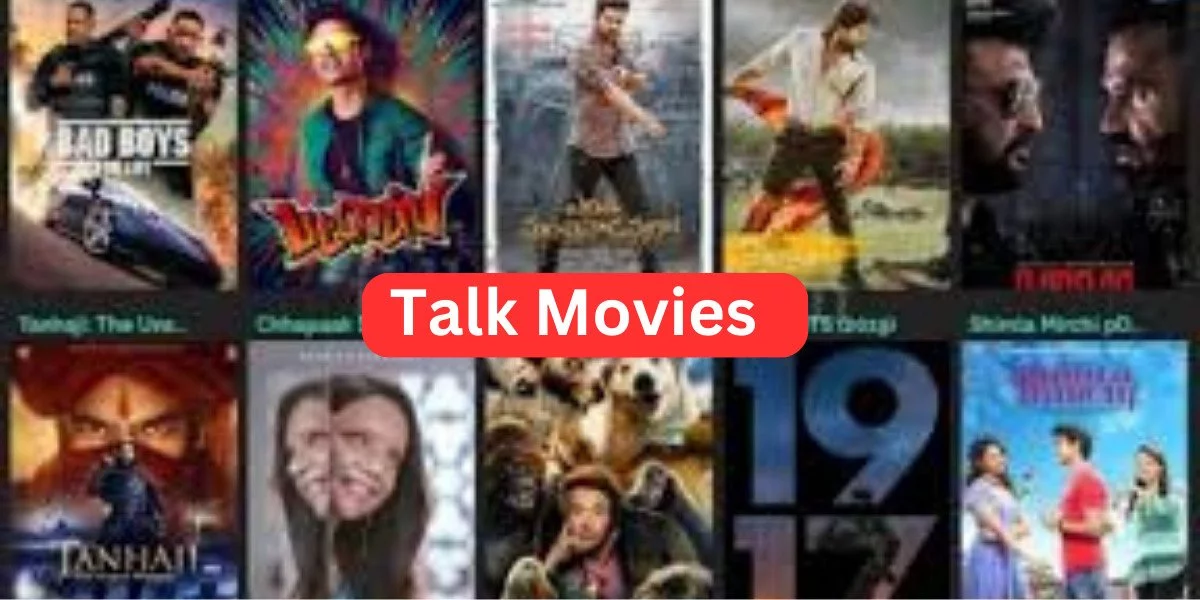In the expansive realm of cinematic storytelling, talk movies carve out a unique niche, emphasizing the power of dialogue to drive narratives. Unlike their blockbuster counterparts or visually-driven tales, these dialogue-centric films offer a distinct cinematic experience. This exploration aims to unravel the world of talk movies, delving into their significance, evolution, and the profound impact they’ve had on both filmmakers and audiences.
Decoding Talk Movies: Where Dialogue Takes Center Stage
Talk movies, often dubbed as dialogue-driven films, give precedence to verbal exchanges between characters as the primary vehicle for advancing the plot. Departing from the visual extravagance of traditional films, talk movies showcase the artistry of well-crafted dialogue and compelling storytelling. This genre spans a diverse spectrum, exploring themes from intimate character studies to intense philosophical discussions, providing a rich tapestry of cinematic experiences.
The roots of talk movies extend back to the early days of cinema when technological limitations compelled a reliance on dialogue to convey narratives. However, it was during Hollywood’s “Golden Age” that talkies, films featuring synchronized dialogue, gained prominence. Visionary directors like Alfred Hitchcock and Billy Wilder embraced dialogue as a pivotal storytelling element, laying the foundation for the talk movie genre.
Shaping Filmmaking Techniques through Conversations
Talk movies have left an indelible mark on filmmaking, urging directors to prioritize scriptwriting and character development. With a diminished emphasis on visual spectacle, filmmakers are challenged to craft engaging narratives relying on dialogue and character chemistry. This shift has offered actors a platform to showcase their skills in delivering compelling and memorable performances.
Icons of Talk Movies: Redefining the Genre
“12 Angry Men” (1957): Sidney Lumet’s courtroom drama, a dialogue-driven masterpiece set almost entirely within a jury room.
“Before Sunrise” (1995): Richard Linklater’s romantic gem follows strangers engaging in profound conversations while wandering through Vienna.
“My Dinner with Andre” (1981): Louis Malle’s film unfolds as a dinner conversation, exploring existential questions and human experience.
“The Social Network” (2010): David Fincher’s exploration of Facebook’s founding is propelled by Aaron Sorkin’s sharp, fast-paced dialogue.
Audience Allure: A Cinematic Odyssey through Dialogue
By focusing on dialogue, these films create intimacy, allowing viewers to deeply connect with characters and their stories. Often pushing intellectual boundaries, talk movies present thought-provoking conversations that resonate beyond the confines of the screen.
Filmmakers’ Odyssey: Challenges and Rewards
Creating compelling talk movies presents challenges, including the meticulous crafting of engaging dialogue and maintaining pacing without relying on visual extravagance. Yet, successful talk movies transcend traditional storytelling, providing filmmakers with a platform to showcase their skills in dialogue and character-driven narratives.
The Future of Talk Movies: A Dialogue in Motion
Amidst the ever-evolving cinematic landscape, talk movies continue to wield influence. Filmmakers and audiences alike acknowledge the potency of well-written conversation, underscoring that, amid the visual spectacle, the spoken word remains a formidable force in storytelling.
In conclusion, talk movies carve a distinctive niche in cinema, proving that conversation can be as visually compelling as any action sequence. As filmmakers persist in exploring dialogue-driven narratives, the enduring impact and allure of talk movies are poised to persist, offering a cinematic experience that engages both the mind and the heart.
FAQs
Question: What defines talk movies, and how do they differ from conventional cinematic genres?
Answer: Talk movies, also known as dialogue-driven films, distinguish themselves by placing a primary emphasis on verbal exchanges between characters to propel the narrative. In contrast to conventional films where visuals often take precedence, talk movies showcase the potency of well-crafted dialogue and compelling storytelling, spanning themes from intimate character studies to intense philosophical discussions.
Question: How have talk movies evolved throughout cinematic history, and what role did Hollywood’s “Golden Age” play in shaping this genre?
Answer: The roots of talk movies trace back to the early days of cinema, where technological limitations necessitated a reliance on dialogue. However, it was during Hollywood’s “Golden Age” that talkies, films with synchronized dialogue, gained prominence. Directors like Alfred Hitchcock and Billy Wilder embraced dialogue as a pivotal storytelling element, laying the foundation for the talk movie genre.
Question: What impact have talk movies had on filmmaking techniques, and how do they challenge traditional storytelling norms?
Answer: Talk movies have significantly influenced filmmaking by compelling directors to prioritize scriptwriting and character development. With a reduced emphasis on visual spectacle, filmmakers are challenged to craft engaging narratives relying on dialogue and character chemistry. This shift provides actors with a platform to showcase their skills in delivering compelling and memorable performances.
Question: In what ways do talk movies offer a unique cinematic experience for audiences, and what challenges do filmmakers face in creating compelling dialogue-driven narratives?
Answer: Talk movies offer audiences a unique and immersive experience by inviting active participation in the narrative. Focusing on dialogue creates intimacy, allowing viewers to deeply connect with characters and their stories. Challenges for filmmakers include crafting engaging dialogue and maintaining pacing without visual extravagance, but successful talk movies transcend traditional storytelling, providing a platform for showcasing dialogue and character-driven narratives.
